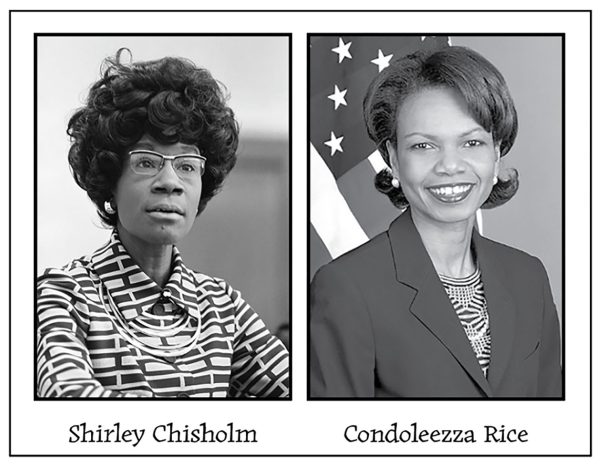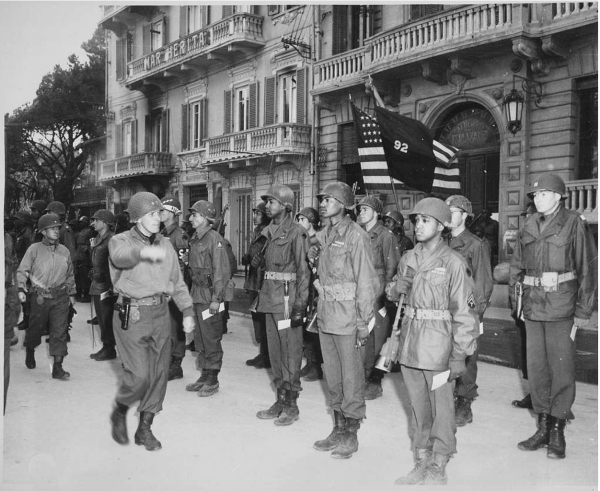The Art of Heritage
A Look at Hispanic Art as We Conclude Our Celebration of Hispanic Heritage Month
You’re sitting in your first period class, talking to all your friends when you hear the ding of the PA system, and the announcements begin. You stand for the prayer and pledge, and then you hear a new segment about a famous Hispanic figure in history. “Why are they saying this?” you may be wondering to yourself.
Americans recognize National Hispanic Heritage Month from September 15 to October 15, and is celebrated all throughout the US.
According to Pew Research, in the last decade, “Hispanics became the largest racial or ethnic group in California.” They also reported that this group is the fastest growing racial or ethnic group in the US, making Hispanics a force to be reckoned with in the changing political and cultural landscape of the state and of the nation.
But the celebration of the impact Hispanics have had on our nation has often been one of tokenism. And though many students opt to learn Spanish in high school and college, and are exposed to the traditions of the different Hispanic cultures, we can all agree that there are so many gifts to be shared.
One of the great contributions of Hispanics has been in the area of art. Throughout its history, art has been a central piece of Hispanic culture. Since the Aztecs and Mayans, it has been important in religious activities, as well as a way of illustrating history. This tradition continues today, allowing Hispanic people to express themselves and explore how they feel about events in their collective and distinct histories.
A very specific type of art associated with the Hispanic culture is the mural. The word mural is a Spanish adjective that is used to refer to what is attached to a wall.
Because of Hispanic cultures’ focus on art, some of the world’s most renowned muralists are Hispanic. Their murals have functioned as an important means of communication for members of socially, ethnically and racially divided communities in times of conflict.
Los Angeles is home to many amazing murals created by Hispanic artists. One in particular, The Great Wall of Los Angeles (also known as The History of California), is one of the largest murals in the world. Completed over a span of ten years (1974-1984), the mural is 13.5 feet high and 2,754 feet long, stretching over half a mile of the Tujunga Flood Channel in North Hollywood.
The Great Wall of Los Angeles is regarded as one of the most significant monuments in the country dedicated to inter-racial harmony. The piece was the first public art project of its kind undertaken by the Society for the Prevention of Racial and Cultural Injustice (SPARC). Reflected in the art are hundreds of years worth of Hispanic history in California.
It was conceptualized by Judy Baca, the organization’s artistic director, and she enlisted the help of over 400 youth and their families to complete the project.
As a native of the Dominican Republic, Judy Baca sought to empower women of color in Los Angeles through public art. Through her work, she was able to create a powerful and uplifting image of the community. The process she used to create the images was also aimed at addressing the youth’s concerns, which she believed were important to enable growth.
in East LA, the birthplace of the Chicano art movement that began in the 1960s. Inspired by Mexican muralists David Alfaro Siqueiros, Diego Rivera, and José Clemente Orozco, Chicano artists used public art as a way to share their culture, history, and political commentary with a larger audience. The murals did more than beautify the neighborhoods, they helped create a sense of pride in the community and also inspired future artists. Thanks to these pioneers, Los Angeles now has a rich mural art tradition and plenty of celebrated street art to visit. We went back to where it all started in East LA, to look at some historic and newer murals by Latinx artists. Here are our top ten murals in the neighborhood:
- América Tropical (1932)
- The Great Wall of Los Angeles (1976-1983)
- Will Rogers Monument (1998)
- We are not a Minority (1978)
- The Wall That Speaks, Sings, and Shouts (2001)
- Isle of California (1972)
- The Negro in California History (1949)
- A Glorious History, A Golden Legacy (1995)
- Our Mighty Contribution (1975)
- Art Saves Lives (1993)
Along with appreciating current Hispanic artists and art pieces, there are a number of other ways that you and your family can celebrate Hispanic Heritage Month.
One special way to celebrate is through music. In many countries such as Mexico, Chile, Brazil, and Spain, music is a very important facet of the cultures. From Vicente Fernandez to Maná, there are so many different artists to explore and listen to. Consider making a playlist with some of your favorite Latino and Hispanic artists, and listen to it on your way to school.
Another easy way to celebrate Hispanic culture is through food. Like music, food is a very special part of many Hispanic and Latino cultures. Try to make or order different kinds of Hispanic and Latino foods, and see which one you enjoy the most.
Finally, a very important way to celebrate Hispanic Heritage Month is to learn about it. Research the history behind Hispanic Heritage Month, and research different Hispanic and Latino holidays such as Dia de los Muertos and others. Education is a very simple yet effective way to learn more about a people’s culture.
Make sure to take special notice to Hispanic Heritage Month, and learn more about the diverse world around you.





